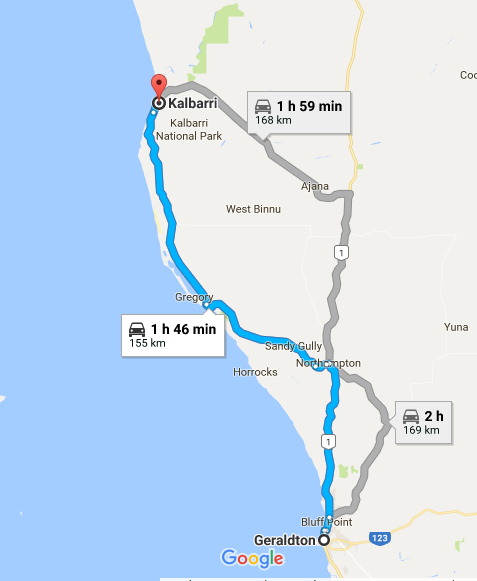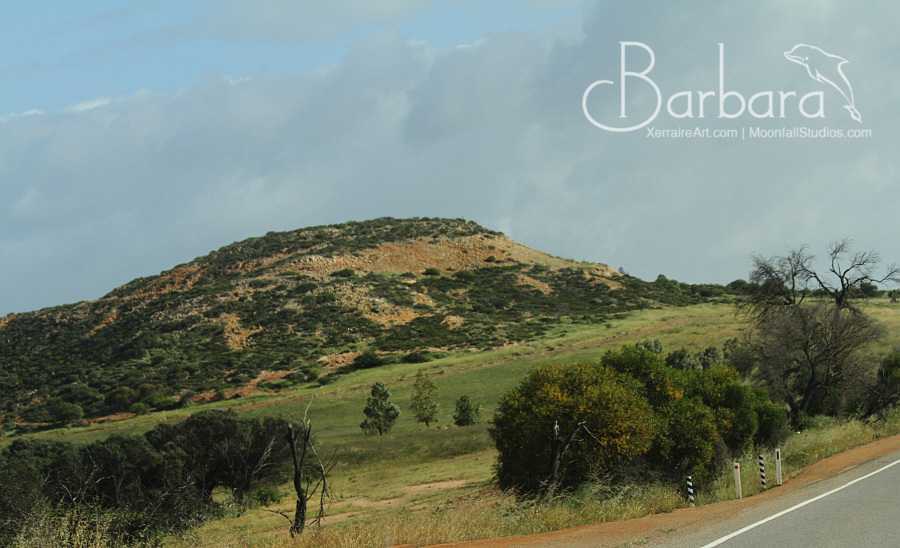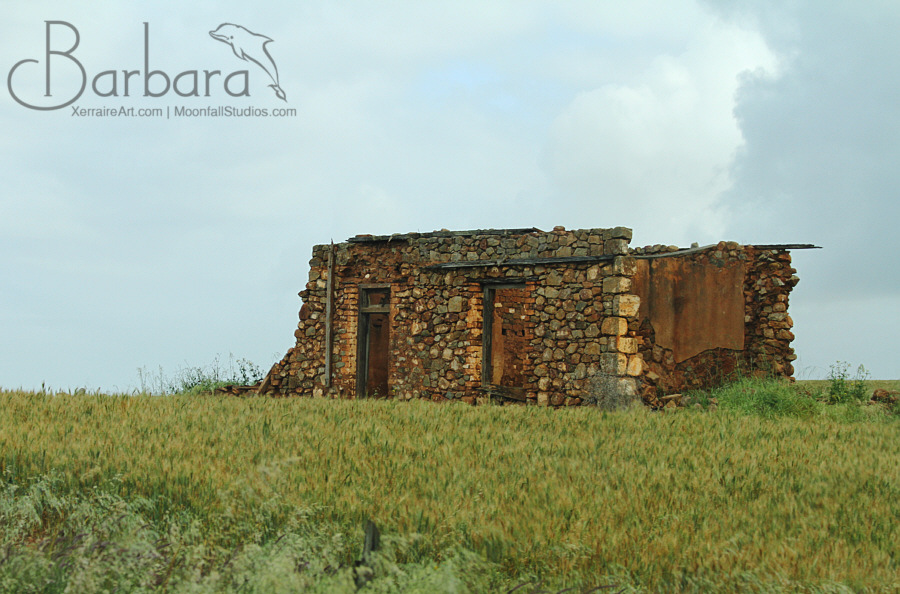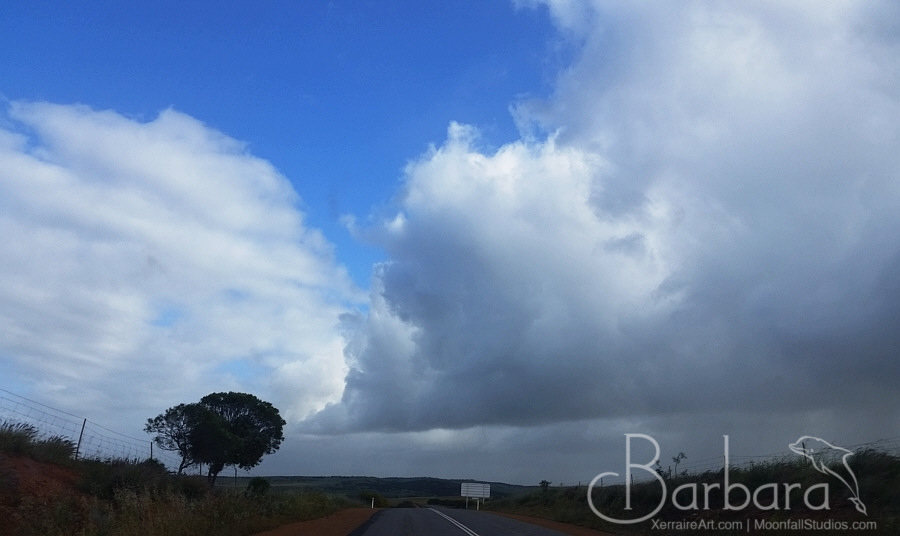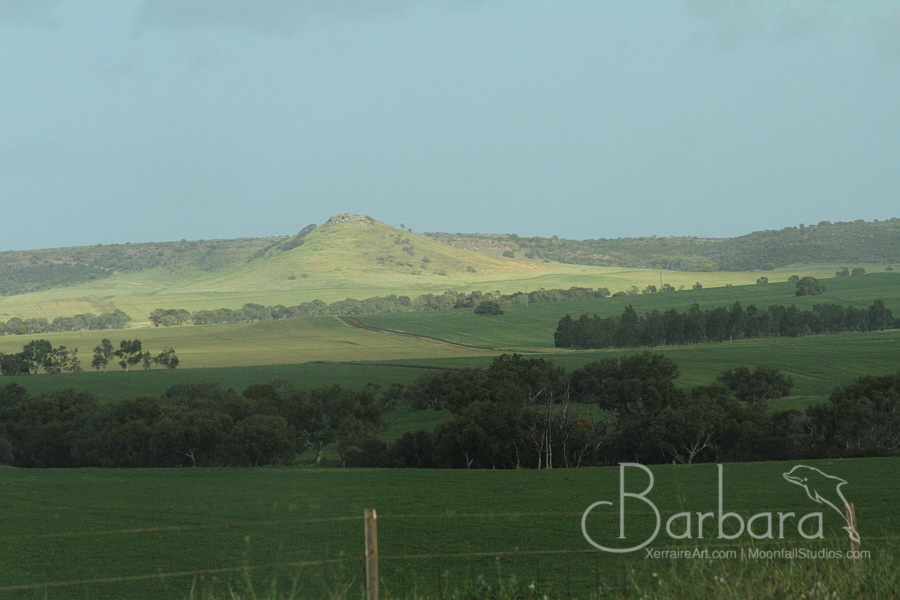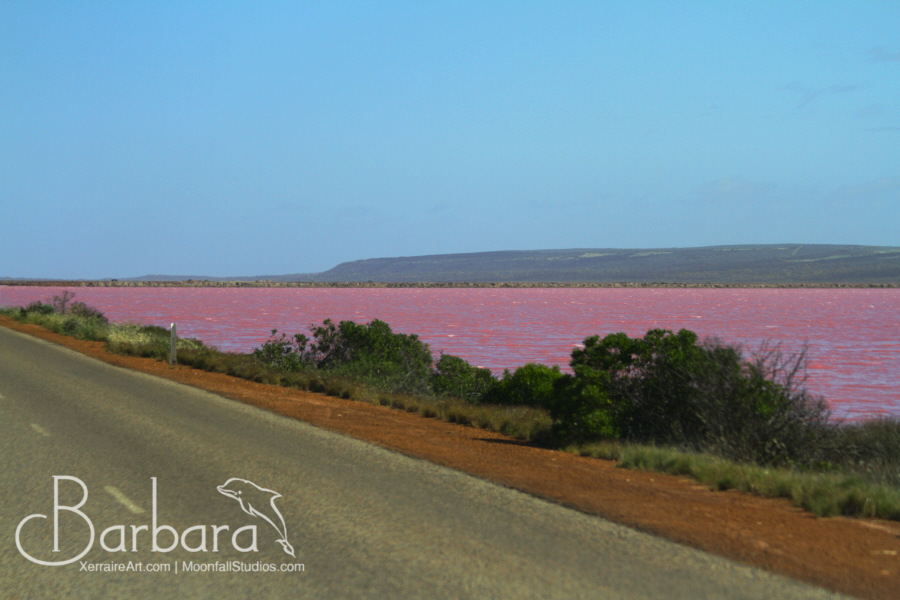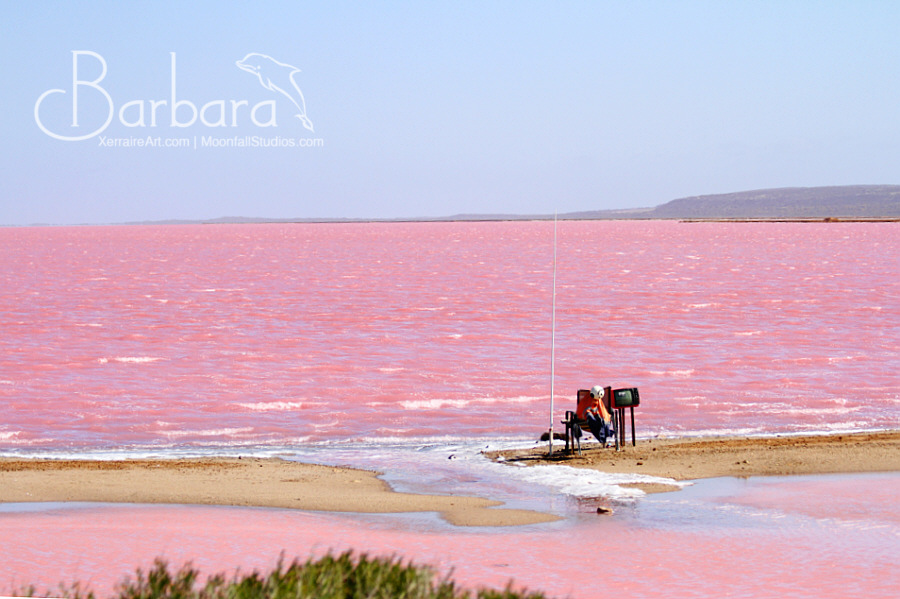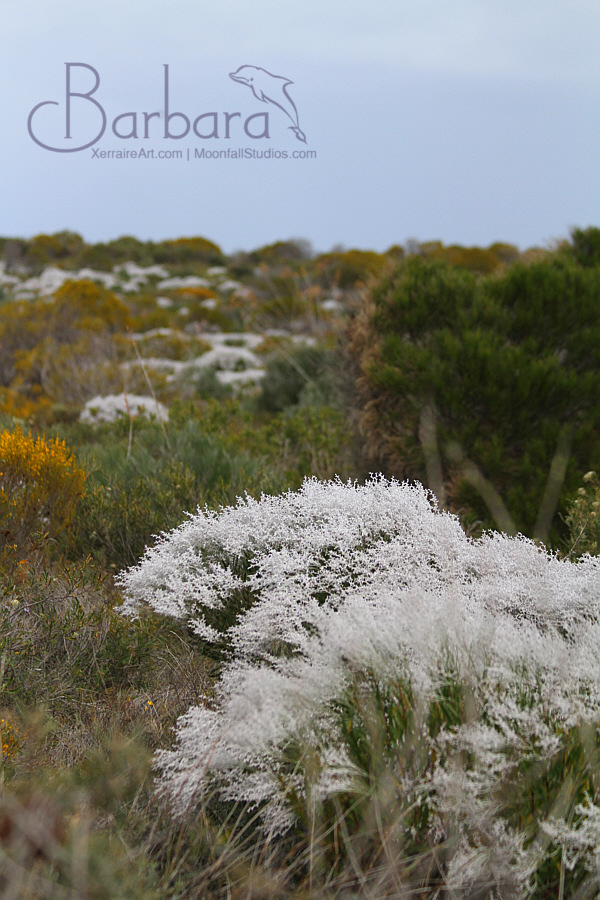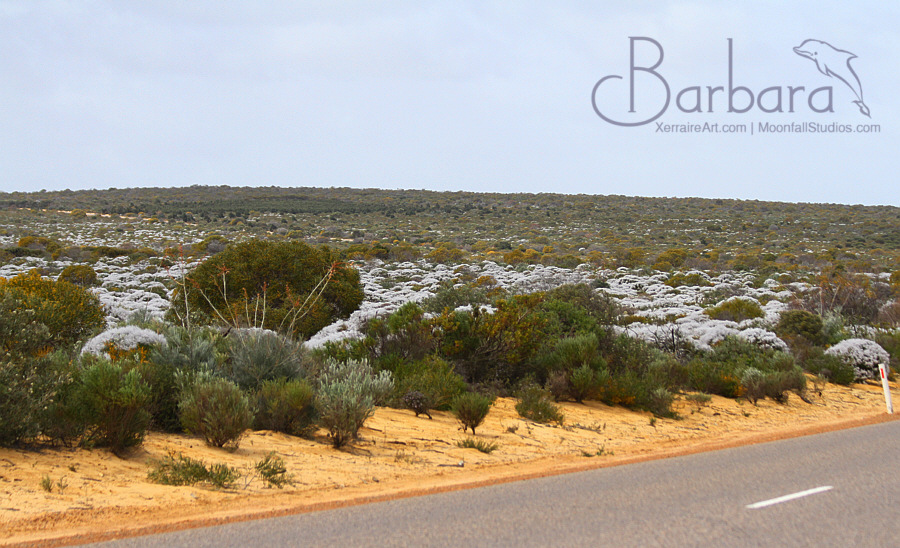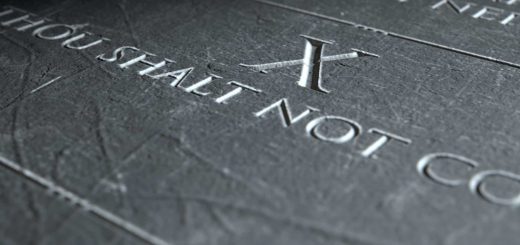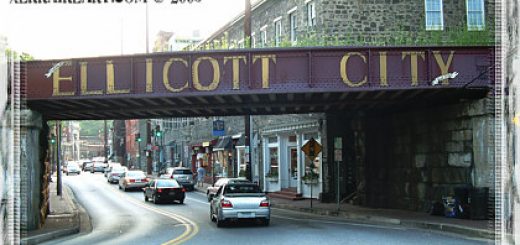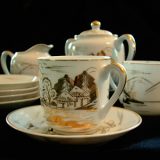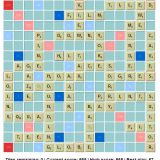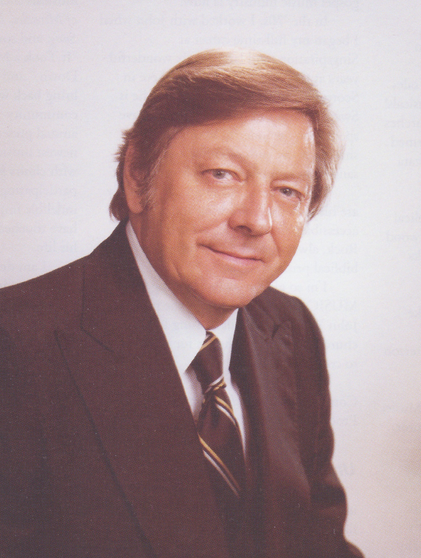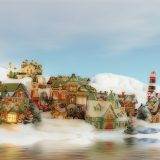Driving to Kalbarri
After great rest in our hotel in Geraldton, feeling far from home, we were about to go two hours even more north, headed to Kalbarri National Park.
As excited as I was to see the National Park, our trips are often as much about the journey as getting there, so we made a few stops and enjoyed the sights on the way.
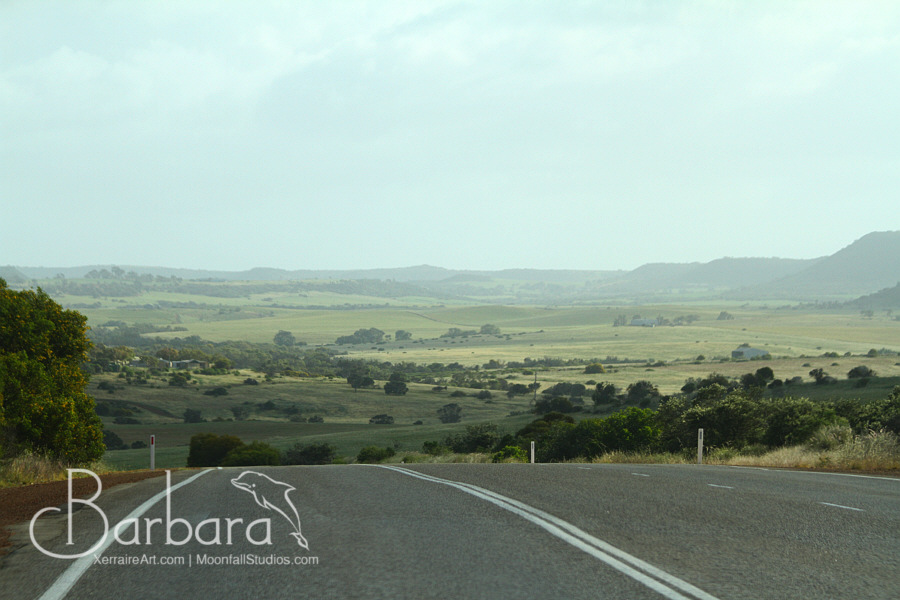
The scenery was lovely, so I did a few drive by shootings with the camera. We were feeling a lot of wind and a possible threat of rain.
Hutt Lagoon was named by the explorer George Grey who camped on its eastern edge on 4 April 1839, while on his second disastrous expedition along the Western Australian coast. He mistook the wet season lagoon for a large estuary and named “the river and estuary now discovered” after William Hutt, M.P., brother of John Hutt, the second Governor of Western Australia. Hutt was a British Liberal politician who was heavily involved in the colonization of Western Australia, New Zealand and South Australia.
After Grey’s arrival back in Perth, Governor Hutt dispatched the schooner Champion to investigate the large estuary and river discovered. In summer, January 1840, the crew of the Champion found the Hutt River at its mouth to be dry, and could not locate the large estuary described by Grey.
Hutt Lagoon is a pink lake, a salt lake with a red or pink hue due to the presence of the carotenoid-producing algaeDunaliella salina, a source of ß-carotene, a food-colouring agent and source of vitamin A. The lagoon contains the world’s largest microalgae production plant, a 250-hectare (620-acre) series of artificial ponds used to farm Dunaliella salina.
Hutt Lagoon provides a commercial supply of Artemia parthenogenetica brine shrimp. Artemia is a specialty feed used by prawn and fish farmers and the aquarium fish trade.
In 1854 the explorer Augustus Charles Gregory promoted the quantity and quality of the salt deposits at Hutt Lagoon and their proximity to Port Gregory. He also commended the gypsum deposits on the western shore of the lagoon.
There is no way to convey in photos how big it was.
The lake is about 14 kilometres (8.7 mi) in length along its northwest-southeast axis, parallel with the coast. It is around 2.3 kilometres (1.4 mi) wide.
The Hutt Lagoon comprises most of the Hutt Lagoon System, a DIWA-listed wetland system that also takes in a number of adjacent small lakes, such as Utcha Swamp.
I tried a movie in just one spot, but you still can’t tell how big it is…
Back to heading north…

